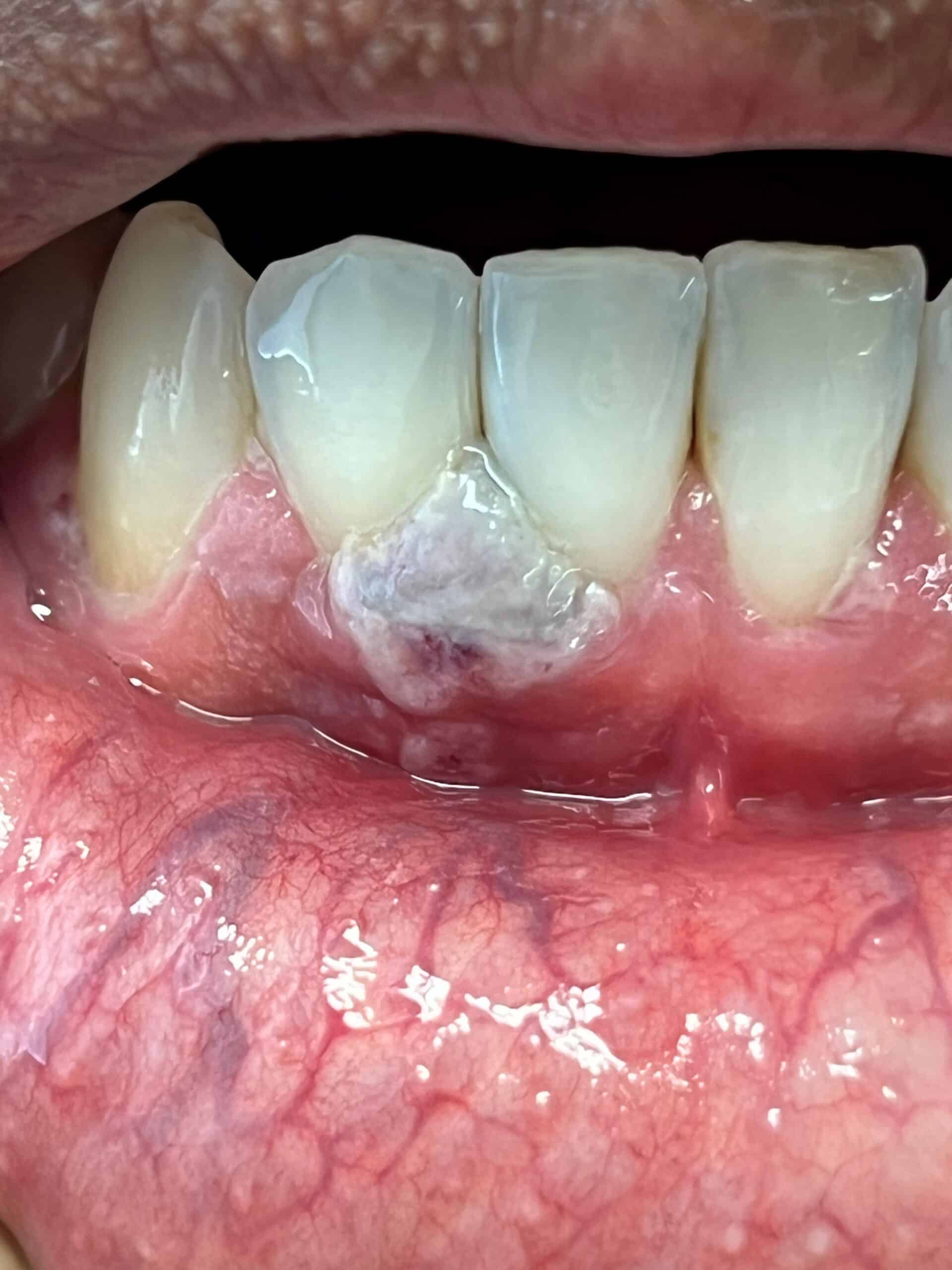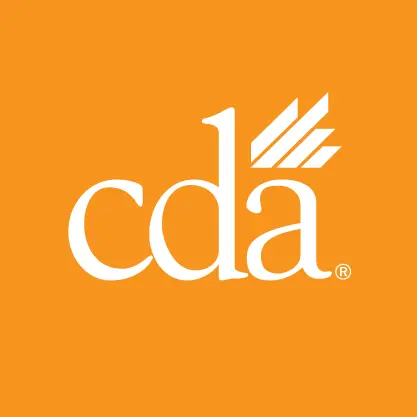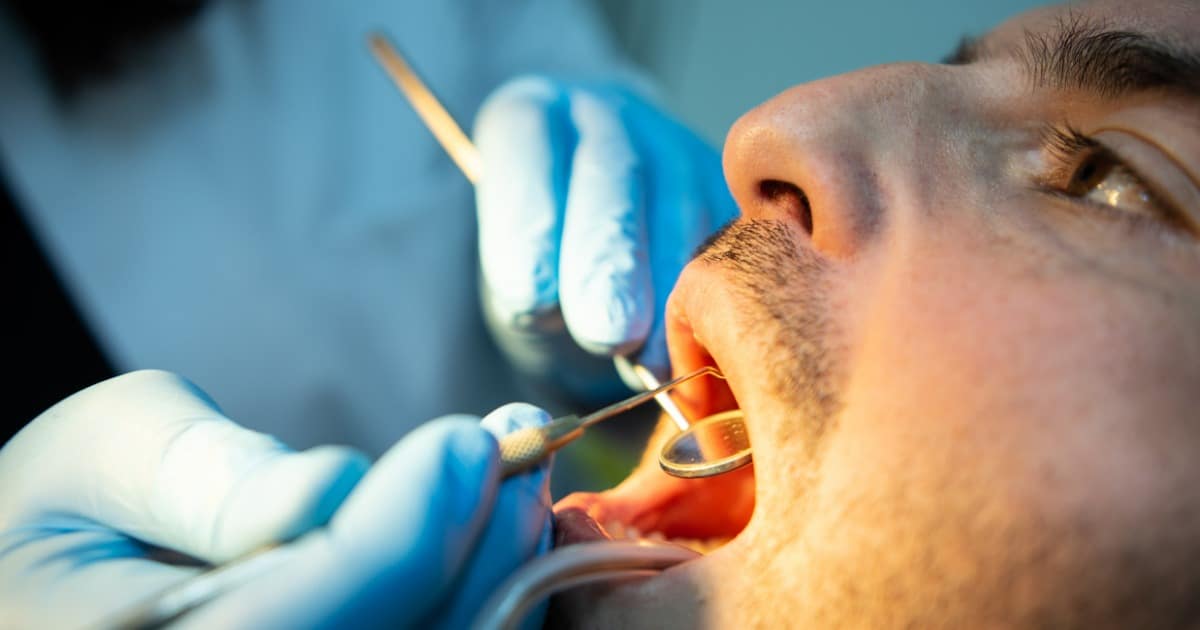Oct. 28, 2025: Article updated to describe the current situation and provide links to CDPH guidance.
In August 2022, confirmed and probable cases of monkeypox (mpox) in California and the U.S. led the Biden administration to declare a public health emergency (PHE). The U.S. Department of Health and Human Services declared the end of the PHE on January 31, 2023.
Clade I, a type of mpox virus that can produce severe systems, has been detected in California (and the United States) for the first time in persons who did not have a history of international travel. The California Department of Public Health in an October 17 news release reported that health officials in Los Angeles County and Long Beach identified three unrelated cases of clade 1 mpox, which is different from the clade II mpox that has been circulating in the U.S. since 2022.
In late August, CDPH reported a rise in mpox cases in the San Francisco Bay Area with a reminder that “mpox vaccination is recommended for individuals who may be at risk for mpox to prevent severe illness, need for hospitalization, and death. This includes patients who still need second doses or who may not have received vaccine at the start of the 2022 outbreak.”
Risk of transmission in dental offices is currently low
Dentists are well-positioned to help detect the virus during patient examinations, and dental teams should understand that the risk of transmission in dental practices is low currently.
Mpox can be spread through intimate contact. Touching items that have been in contact with sores or body fluids of people who have mpox is lower risk, but health care providers should wear personal protective equipment as a precaution. CDPH states in a Q&A that there is “no evidence that mpox is spread by casual contact with other people” such as using public transit, swimming in a body of water or visiting public settings such as restaurants and restrooms.
Rash may appear first on face with intra-oral lesions
Monkeypox is a known disease caused by infection with the monkeypox virus, which is closely related to smallpox but causes milder symptoms and, unlike smallpox and COVID-19, is rarely fatal. Monkeypox often presents first in the mouth as enanthem — a rash on the tongue and mucous membranes:

Dr. Bradley Shepard, a CDA member dentist who practices in San Francisco, shared the above image of a confirmed case with the presentation: “The patient is a 43-year-old male with two-day old lesion of the gingival papilla, firm and nonpainful. No systemic symptoms such as fever or chills, malaise or skin lesions were present at the time of exam. Slightly more than 24 hours later, the patient called us to report three skin lesions did appear and went in for testing for mpox. He was confirmed positive.”
Dentists can help detect mpox that presents in the mouth by:
- Asking patients if they have any mouth sores
- Looking for rashes and lesions on the tongue, in the oral cavity and on the corners of the mouth
- Contacting their local health department if they suspect a mpox lesion
The rash then evolves sequentially from macules to papules, vesicles, pustules and lastly crusts that dry and fall off. The painful rash of one or multiple painful deep-seated vesicles or pustules typically is more concentrated on the face and extremities.
Lymphadenopathy, fever, headache, exhaustion and muscle aches are common early symptoms appearing before the lesions develop, but many cases are now presenting without the early flu-like symptoms and with only the lesions appearing in specific areas of the body.
People with confirmed or suspected mpox should isolate at home until or unless certain conditions are met.
Infection control and prevention in the dental practice
Monkeypox spreads primarily through close skin-to-skin contact, but it also can be transmitted through infected bed sheets or towels or through “respiratory secretions,” according to the CDC. Although presently the outbreak is spreading primarily among gay and bisexual men, as well as some transgender and nonbinary people, anyone — regardless of gender or sexual orientation — can become infected.
Dental practices already follow strict infection control protocol and have implemented even more stringent protocol during the COVID-19 pandemic. At this time, dentists who are following COVID-19 prevention requirements do not need to change any protocol in response to the monkeypox outbreak. These requirements include wearing the proper PPE, such as N95 respirators during aerosol-generating procedures.
While face masks are not currently mandated by the State of California to reduce transmission of communicable disease, CDA recommends checking with your local public health department to verify masking orders for specific counties.
Additional resources
Monkeypox communications toolkit (California Department of Public Health)
An overview of monkeypox for dental hygienists & other dental professionals (Today’s RDH)
Monkeypox fact sheet (World Health Organization)
CDPH mpox quicksheet (CDPH)

